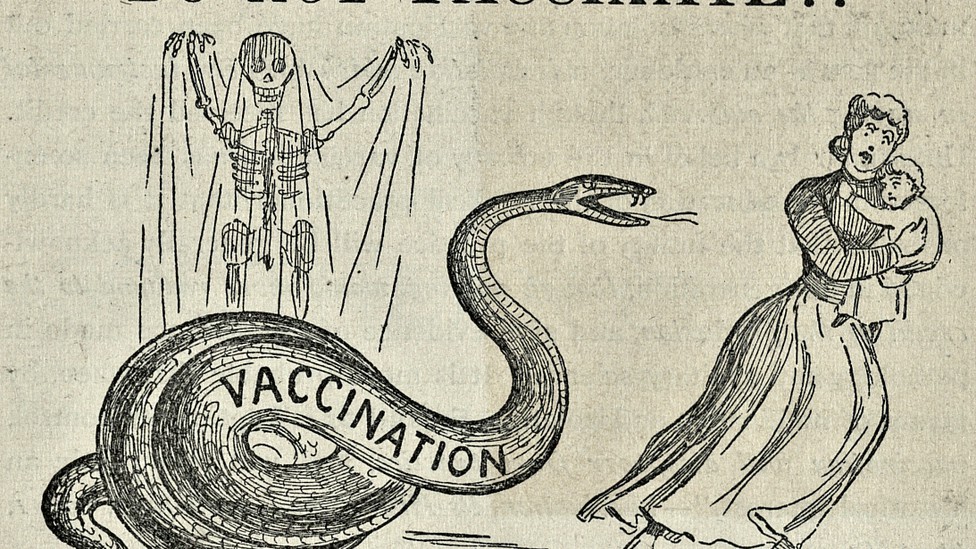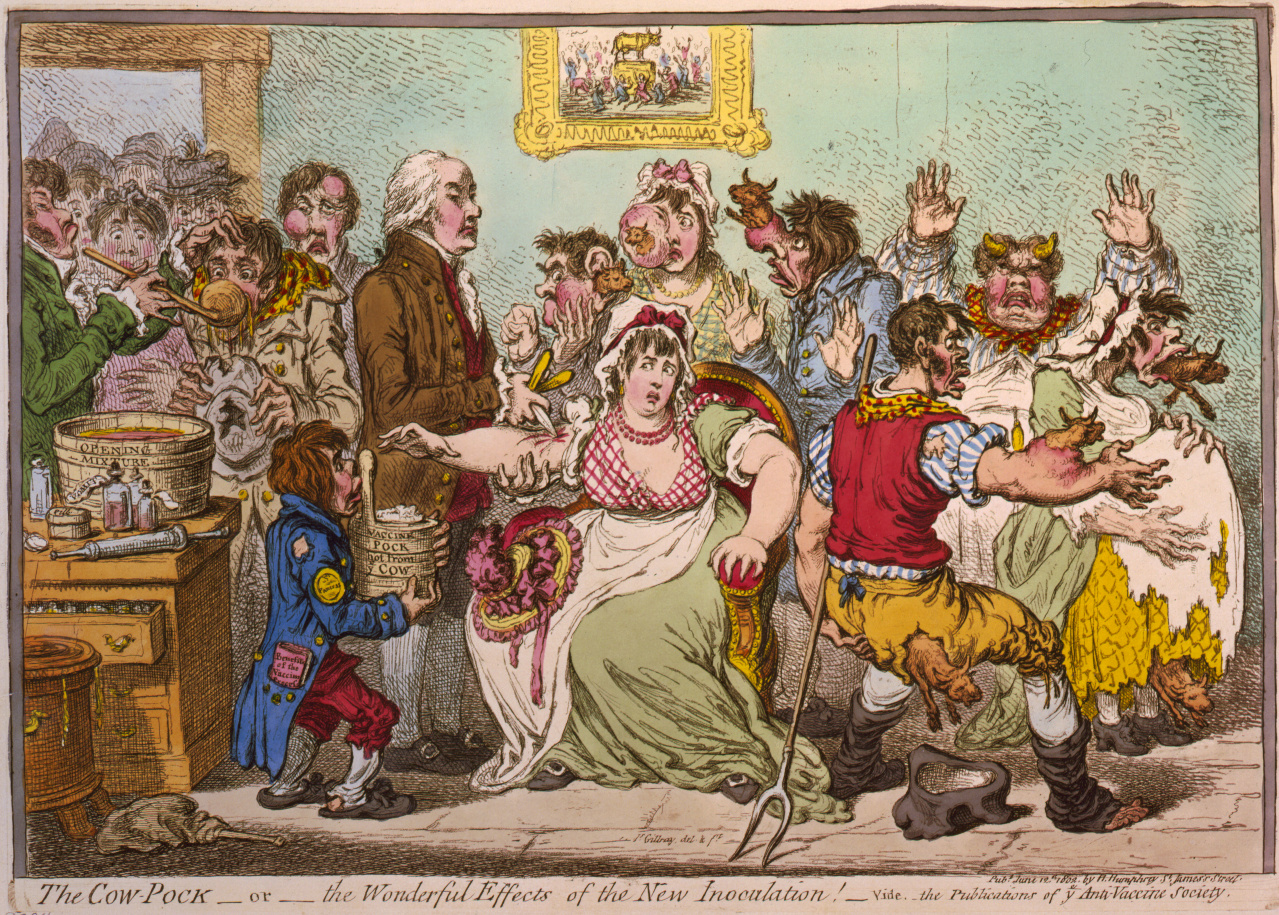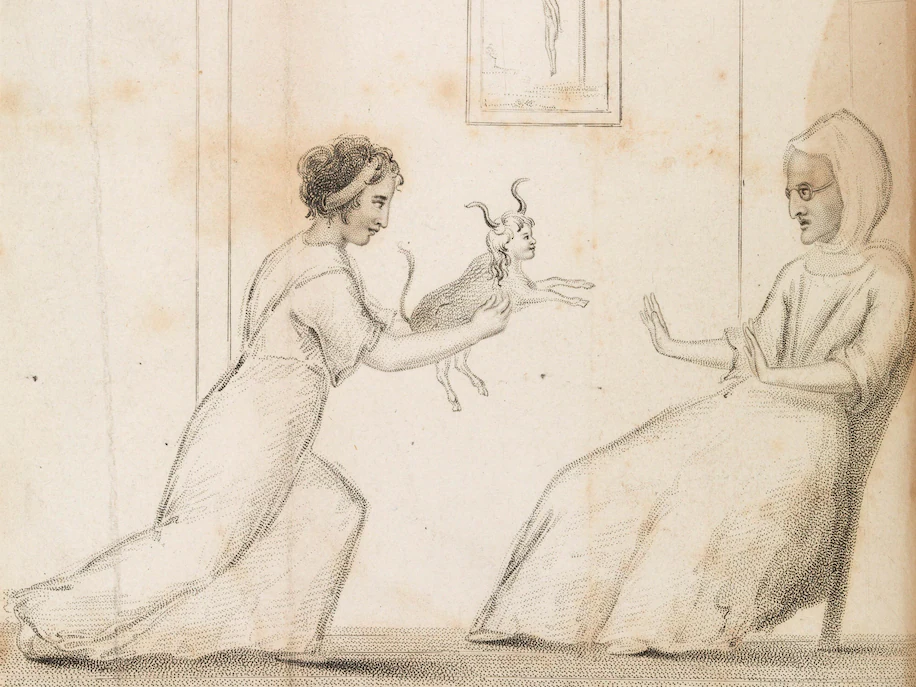[Most Recent Entries] [Calendar View]
Wednesday, November 17th, 2021
| Time | Event |
| 9:00a | How Stanley Kubrick Made 2001: A Space Odyssey: A Seven-Part Video Essay Andrei Tarkovsky had a rather low opinion of Stanley Kubrick’s 2001: A Space Odyssey. “Phony on many points,” he once called it, built on “a lifeless schema with only pretensions to truth.” His professional response was 1972’s Solaris, by most estimates another high point in the science-fiction cinema of that period. Yet today it isn’t widely regarded as Tarkovsky’s best work; certainly it hasn’t become as much of an object of worship as, say, Stalker. That picture — arguably another work of sci-fi, though one sui generis in practically its every facet — continues to inspire such tributes and exegeses as the video essay on its making we featured earlier this year here on Open Culture. That video essay came from the channel of Youtuber CinemaTyler, who like many auteur-oriented cinephiles exhibits appreciation for Tarkovsky and Kubrick alike. He’s created numerous examinations on the work that went into Kubrick’s pictures, including A Clockwork Orange, Barry Lyndon, and Full Metal Jacket. The ambition of 2001, outsized even by Kubrick’s standard, is reflected in what it spurred CinemaTyler on to create: a seven-part series of video essays on its production, with three-hour total runtime that far exceeds that of the film itself. It takes at least that long to explain the achievements Kubrick pulled off, especially with mid-1960s filmmaking technology, which gave us the rare vision of the future that has held up for more than half a century. Some of the qualities that have made 2001 endure came into being almost by accident. Take the use of Strauss’ “The Blue Danube” to introduce the space station, a stroke of scoring genius inspired by the records Kubrick and company happened to be listening to while viewing their footage. That and other classical pieces replaced an original score by the composer who’d worked on Kubrick’s Spartacus, which would have struck a different mood altogether. So would the portentous narration included in earlier versions of the script, hardly imaginable in the context of such powerfully wordless scenes as the famous four-million-year cut from tossed bone to spacecraft, which turns out to have been originally conceived an Earth-orbiting nuclear-weapon platform. That’s one of the many little-known facts CinemaTyler fits into this series, and a viewing of which even the biggest Kubrick buffs will have reason to admire 2001 more intensely than ever. Related Content: 1966 Film Explores the Making of Kubrick’s 2001: A Space Odyssey (and Our High-Tech Future) James Cameron Revisits the Making of Kubrick’s 2001: A Space Odyssey The Story of Stalker, Andrei Tarkovsky’s Troubled (and Even Deadly) Sci-Fi Masterpiece Based in Seoul, Colin Marshall writes and broadcasts on cities, language, and culture. His projects include the Substack newsletter Books on Cities, the book The Stateless City: a Walk through 21st-Century Los Angeles and the video series The City in Cinema. Follow him on Twitter at @colinmarshall or on Facebook. How Stanley Kubrick Made 2001: A Space Odyssey: A Seven-Part Video Essay is a post from: Open Culture. Follow us on Facebook and Twitter, or get our Daily Email. And don't miss our big collections of Free Online Courses, Free Online Movies, Free eBooks, Free Audio Books, Free Foreign Language Lessons, and MOOCs. |
| 3:00p | Meet the Oud, the “King of All Instruments” Whose Origins Stretch Back 3500 Years Ago to Ancient Persia The word oud might make some people think of fragrances. Tom Ford’s Oud Wood currently sets fashionistas back between $263 and $360 a bottle: oud can refer to “agarwood,” a very rare ingredient in perfumes. But regular Open Culture readers may be more familiar with the bowl-shaped instrument that made its way to Europe from North Africa during the Middle Ages, giving rise to the lute (al-oud… The word oud, or ud, in Arabic simply means “wood.”) The oud is, after all, a direct, if distant, ancestor of the modern guitar, a subject we like to cover here quite a bit. Some of the videos we’ve featured on the history of the guitar have starred classical guitarist and stringed instrument specialist Brandon Acker. Just above, he introduces viewers to the tuning, timbre, and playing techniques of the oud, “one of the most popular instruments in Arabic music,” writes the site Maqam World. It is also one of the oldest. Acker leaves his “comfort zone of Western Classical music” in this video because of his fascination with the oud as an ancestor of the lute, “one of the most important instruments of the musical period we call the Renaissance.” The oud, whose own ancestor dates back some 3500 years to ancient Persia, first arrived with the Moors during their 711 AD invasion of Spain. Although new to Europe, it was known in the Arabic world as “the king or sultan of all instruments” and had evolved from a four string instrument to one with (typically) eleven strings: “that’s five doubled strings tuned in unisons and then one low string, which is single.” Acker goes on to demonstrate the tuning of the single string and doubled “courses,” as they’re called. The strings are plucked and strummed with a long pick called a “risha” (or “feather”), also called a “mizrap” when playing a Turkish oud, or a “zakhme” in Persian…. Wherever it comes from, each oud features the familiar bowed back, made of strips of wood (hence, “oud”), the flattop soundboard with one to three soundholes, and the fretless neck. “The oud has a warm timbre and a wide tonal range (about 3 octaves),” notes Maqam World. The instrument is tuned to play music written in the Arabic maqam, “a system of scales, habitual melodic phrases, modulation possibilities, etc.,” but it has taken root in many musical cultures in North Africa, the Middle East, and Europe. Acker may come to the oud as a fan of the European lute, but the older instrument is much more than an evolutionary ancestor of the European Renaissance; it is the “sultan” of a rich musical tradition that continues to thrive around the Mediterranean world and beyond. Famous modern oud players come from Egypt, Syria, Palestine, and Iraq, where Rahim AlHaj was born. The musician “learned to play the oud at age 9,” NPR writes, “and later graduated with honors and a degree in music composition from the Institute of Baghdad,” while also earning a degree in Arabic literature. AlHaj used his talents in the underground movement against Saddam Hussain’s rule, and after imprisonments and beatings, was exiled in 1991. Now based in New Mexico, “he performs around the world, and has even collaborated with Kronos Quartet and R.E.M.” See him perform for Tiny Desk Concert above and hear more oud in contemporary concert settings here. Related Content: The History of the Guitar: See the Evolution of the Guitar in 7 Instruments What Guitars Were Like 400 Years Ago: An Introduction to the 9 String Baroque Guitar Josh Jones is a writer and musician based in Durham, NC. Follow him at @jdmagness Meet the Oud, the “King of All Instruments” Whose Origins Stretch Back 3500 Years Ago to Ancient Persia is a post from: Open Culture. Follow us on Facebook and Twitter, or get our Daily Email. And don't miss our big collections of Free Online Courses, Free Online Movies, Free eBooks, Free Audio Books, Free Foreign Language Lessons, and MOOCs. |
| 8:00p | How the World’s First Anti-Vax Movement Started with the First Vaccine for Smallpox in 1796, and Spread Fears of People Getting Turned into Half-Cow Babies
A cartoon from a December 1894 anti-vaccination publication (Courtesy of The Historical Medical Library of The College of Physicians of Philadelphia) For well over a century people have queued up to get vaccinated against polio, smallpox, measles, mumps, rubella, the flu or other epidemic diseases. And they have done so because they were mandated by schools, workplaces, armed forces, and other institutions committed to using science to fight disease. As a result, deadly viral epidemics began to disappear in the developed world. Indeed, the vast majority of people now protesting mandatory vaccinations were themselves vaccinated (by mandate) against polio, smallpox, measles, mumps, rubella, etc., and hardly any of them have contracted those once-common diseases. The historical argument for vaccines may not be the most scientific (the science is readily available online). But history can act as a reliable guide for understanding patterns of human behavior. In 1796, Scottish physician Edward Jenner discovered how an injection of cowpox-infected human biological material could make humans immune to smallpox. For the next 100 years after this breakthrough, resistance to inoculation grew into “an enormous mass movement,” says Yale historian of medicine Frank Snowden. “There was a rejection of vaccination on political grounds that it was widely considered as another form of tyranny.” Fears that injections of cowpox would turn people into mutants with cow-like growths were satirized as early as 1802 by cartoonist James Gilray (below). While the anti-vaccination movement may seem relatively new, the resistance, refusal, and denialism are as old as vaccinations to infectious disease in the West.
Image via Wikimedia Commons “In the early 19th century, British people finally had access to the first vaccine in history, one that promised to protect them from smallpox, among the deadliest diseases in the era,” writes Jess McHugh at The Washington Post. Smallpox killed around 4,000 people a year in the UK and left hundreds more disfigured or blinded. Nonetheless, “many Britons were skeptical of the vaccine…. The side effects they dreaded were far more terrifying: blindness, deafness, ulcers, a gruesome skin condition called ‘cowpox mange’ — even sprouting hoofs and horns.” Giving a person one disease to frighten off another one probably seemed just as absurd a notion as turning into a human/cow hybrid. Jenner’s method, called variolation, was outlawed in 1840 as safer vaccinations replaced it. By 1867, all British children up to age 14 were required by law to be vaccinated against smallpox. Widespread outrage resulted, even among prominent physicians and scientists, and continued for decades. “Every day the vaccination laws remain in force,” wrote scientist Alfred Russel Wallace in 1898, “parents are being punished, infants are being killed.” In fact, it was smallpox claiming lives, “more than 400,000 lives per year throughout the 19th century, according to the World Health Organization,” writes Elizabeth Earl at The Atlantic. “Epidemic disease was a fact of life at the time.” And so it is again. Covid has killed almost 800,000 people in the U.S. alone over the past two years.
Then as now, medical quackery played its part in vaccine refusal — in this case a much larger part. “Never was the lie of ‘the good old days’ more clear than in medicine,” Greig Watson writes at BBC News. “The 1841 UK census suggested a third of doctors were unqualified.” Common causes of illness in an 1848 medical textbook included “wet feet,” “passionate fear or rage,” and “diseased parents.” Among the many fiery lectures, caricatures, and pamphlets issued by opponents of vaccination, one 1805 tract by William Rowley, a member of the Royal College of Physicians, alleged that the injection of cowpox could mar an entire bloodline. “Who would marry into any family, at the risk of their offspring having filthy beastly diseases?” it asked hysterically. Then, as now, religion was a motivating factor. “One can see it in biblical terms as human beings created in the image of God,” says Snowden. “The vaccination movement injecting into human bodies this material from an inferior animal was seen as irreligious, blasphemous and medically wrong.” Granted, those who volunteered to get vaccinated had to place their faith in the institutions of science and government. After medical scandals of the recent past like the Tuskegee experiments or Thalidomide, that can be a big ask. In the 19th century, says medical historian Kristin Hussey, “people were asking questions about rights, especially working-class rights. There was a sense the upper class were trying to take advantage, a feeling of distrust.” The deep distrust of institutions now seems intractable and fully endemic in our current political climate, and much of it may be fully warranted. But no virus has evolved — since the time of the Jenner’s first smallpox inoculation — to care about our politics, religious beliefs, or feelings about authority or individual rights. Without widespread vaccination, viruses are more than happy to exploit our lack of immunity, and they do so without pity or compunction. Related Content: Dying in the Name of Vaccine Freedom How Vaccines Improved Our World In One Graphic How Do Vaccines (Including the COVID-19 Vaccines) Work?: Watch Animated Introductions Josh Jones is a writer and musician based in Durham, NC. Follow him at @jdmagness How the World’s First Anti-Vax Movement Started with the First Vaccine for Smallpox in 1796, and Spread Fears of People Getting Turned into Half-Cow Babies is a post from: Open Culture. Follow us on Facebook and Twitter, or get our Daily Email. And don't miss our big collections of Free Online Courses, Free Online Movies, Free eBooks, Free Audio Books, Free Foreign Language Lessons, and MOOCs. |
| << Previous Day |
2021/11/17 [Calendar] |
Next Day >> |





